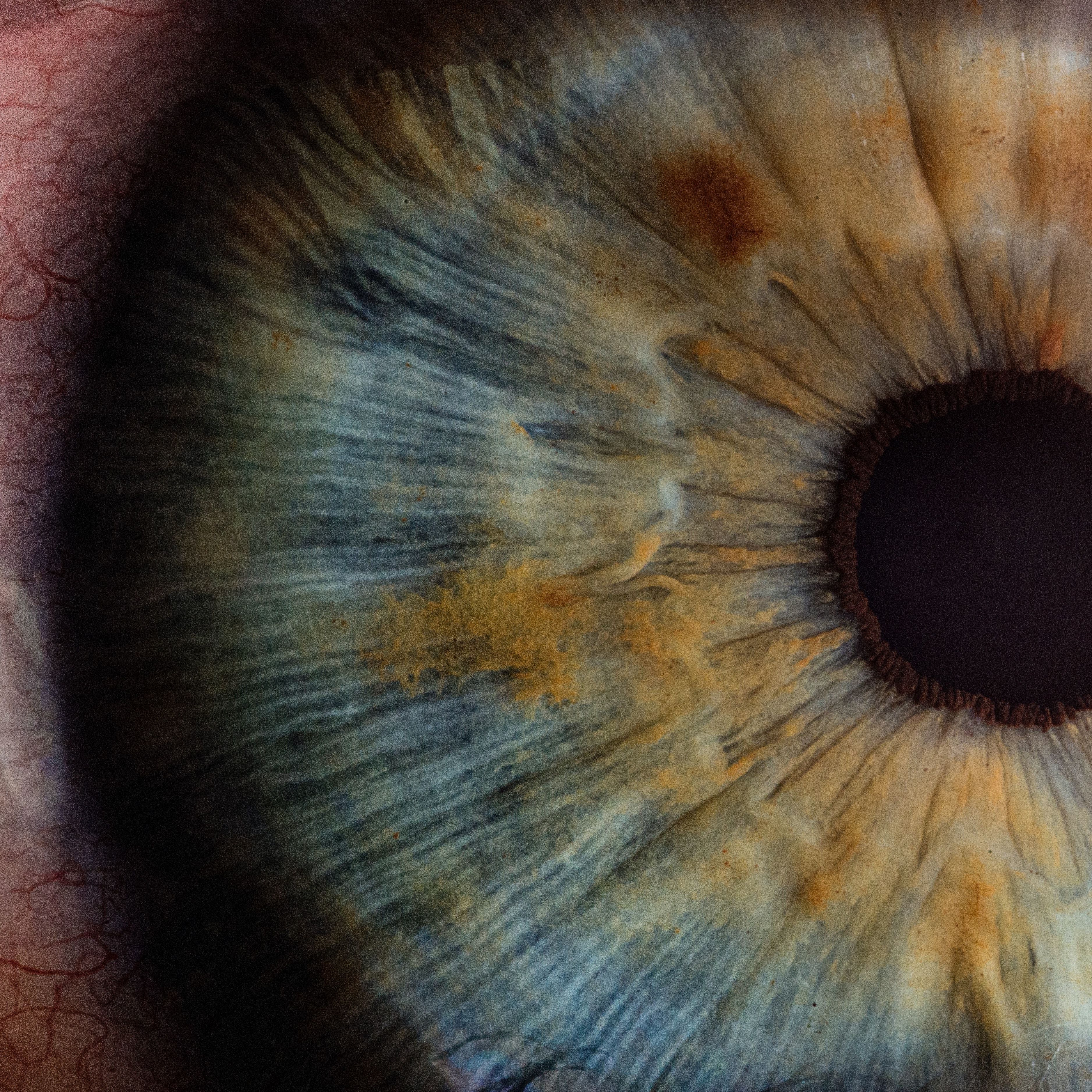Article
FDA Grants Orphan Drug Designation to GBC0905 for FSHD
Author(s):
The US FDA has granted Genea Biocells Orphan Drug Designation to its product, GBC0905, for the treatment of facioscapulohumeral muscular dystrophy (FSHD).
This morning, Genea Biocells announced that US Food and Drug Administration has granted Orphan Drug Designation to its product, GBC0905, for the treatment of facioscapulohumeral muscular dystrophy (FSHD).
“We are very pleased that the FDA granted Orphan Drug Designation to GBC0905 as an accomplishment for our team and an important milestone in our journey toward bringing our lead product candidate to the clinic,” commented said Dr. Uli Schmidt, President of Genea Biocells in a recent statement. “We anticipate GBC0905 to be the first targeted therapy for patients suffering from FSHD, a relentless and debilitating disease. The Orphan Drug Designation also validates our skeletal muscle technology which is a highly useful platform for modeling any number of other myogenic indications as we expand our pipeline.”
GBC0905 is a small molecule agent that potently suppresses the molecular cause of FSHD, DUX4 function. FSHD is characterized by progressive muscle weakness, which is one of the most common muscular dystrophies.
FSHD is a genetic muscle disease that is characterized by the sporadic de-repression of a toxic gene, DUX4, in the muscles. As a result, skeletal muscles are slowly consumed and debilitated. Signs and symptoms of the disease usually present in adolescence, with weakening of the facial muscles or shoulders typically being the first symptom. Weakness in the shoulder muscles often leads to shoulder blades protruding from the back, a sign known as scapular winging. Additional symptoms associated with the disease can potentially include mild high-tone hearing loss and abnormalities associated with light-sensitive tissue found in the back of the eye or retina.
Genea Biocells is currently striving to advance GBC0905 to clinical trials, complete preclinical work on their Spinal Muscular Atrophy (SMA) program, and expand the pipeline to other orphan muscle diseases by seeking capital.
Genea Biocells’ lead scientist for the FSHD program, Amanda Rickard, added, “Our targeted therapeutic candidate GBC0905 potently suppresses DUX4 function, prevents the activation of DUX4 target genes, and protects affected skeletal muscle cells in a dose-dependent fashion and, importantly, without affecting normal myogenesis. Aberrant DUX4 expression is the underlying cause of the disease and results in muscle fiber death. The FSHD field generally believes that blocking DUX4 will be curative. We are looking forward to thorough and expeditious development of this much-needed therapy.”
For more news from the rare disease community, subscribe to Rare Disease Report®’s e-newsletter.





